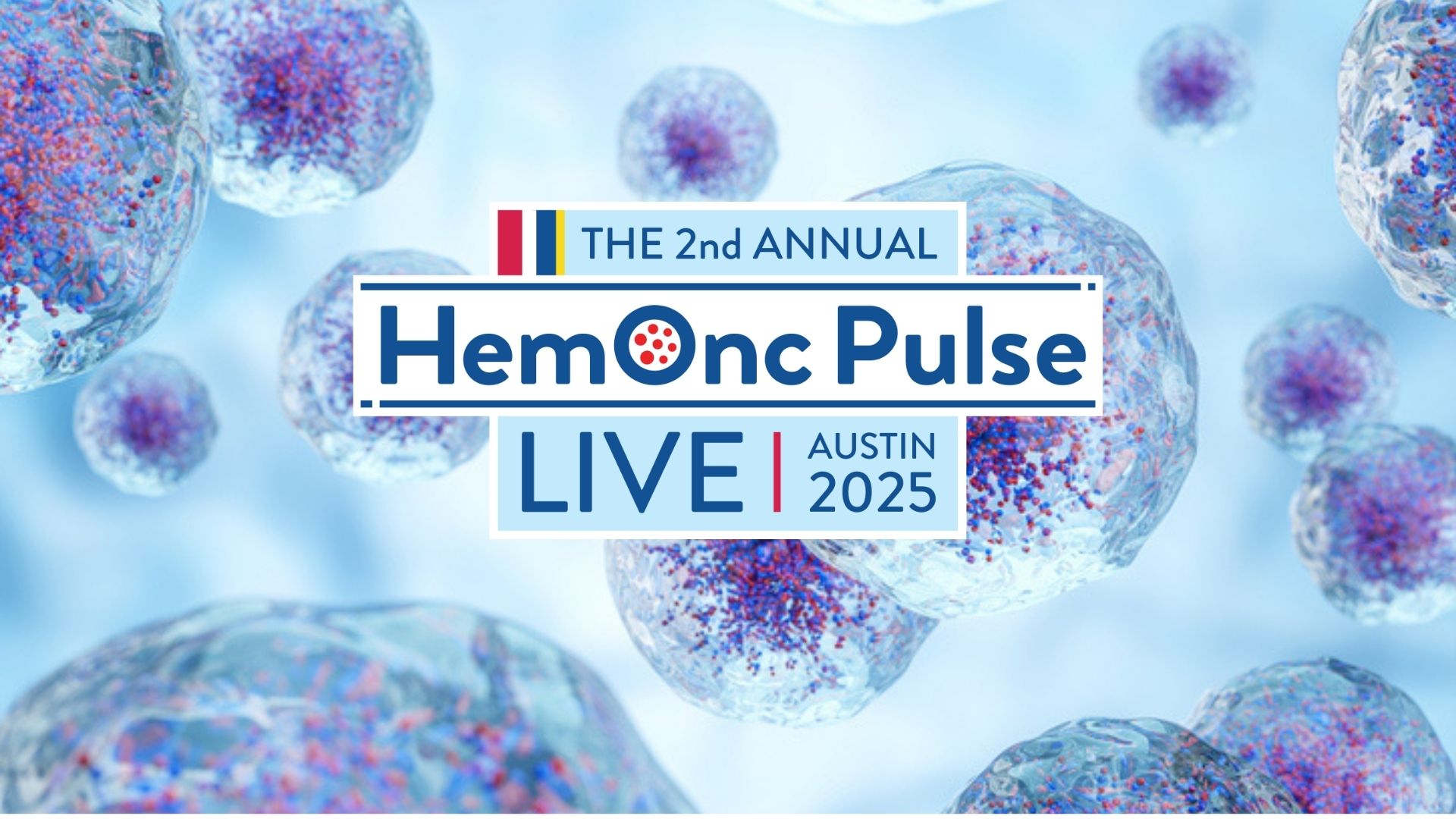
Induction chemotherapy failure in childhood T-cell acute lymphoblastic leukemia (ALL) is associated with significantly lower overall survival (OS) rates, according to a recent study.
David O’Connor, PhD, MBChB, of the University College London Cancer Institute and the Great Ormond Street Hospital for Children National Health System Foundation Trust, and colleagues conducted the research.
It was important to conduct the study because induction chemotherapy failure “portends a poor outcome” in childhood ALL and is more frequent in T-cell ALL than in B-cell ALL. Due to this, Dr. O’Connor and colleagues aimed to “address the limited understanding of clinical and genetic factors that influence outcome” in a cohort of patients with T-cell ALL who experienced induction chemotherapy failure.
To define risk factors, treatment, and outcomes, Dr. O’Connor and colleagues evaluated all cases of T-cell ALL in UKALL2003 and UKALL2011, which were consecutive multinational randomized trials. The investigators of UKALL2003 and UKALL2011 recruited 5,876 patients between 2004 and 2019. Of those patients, 711 (12.1%) had T-cell ALL and 688 were assessable.
The researchers also conducted multiomic profiling to characterize the genomic landscape in patients with T-cell ALL.
Induction failure occurred in 10.3% of cases. Induction failure was significantly associated with increasing age. It occurred in 5.6% of patients younger than 10 years, in 12.9% of those aged 10 to 16 years, and in 20% of patients older than 16 years (P<.001)
The five-year OS rate was 52.1% in patients who experienced induction failure, significantly lower than the five-year OS rate of 90.2% in those who responded to induction chemotherapy (P<.001).
“Despite increased use of nelarabine-based chemotherapy consolidated by hematopoietic stem cell transplant in UKALL2011, there was no improvement in outcome,” Dr. O’Connor and colleagues wrote.
Persistent measurable residual disease (MRD) at the end of consolidation therapy resulted in a significantly lower OS rate. The five-year OS rate was 14.3% in those with persistent MRD, while it was 68.5% in those without persistent MRD (hazard ratio [HR], 4.10; 95% CI, 1.35–12.45; P=.0071).
Genomic profiling “revealed a heterogeneous picture with 25 different initiating lesions converging on 10 subtype-defining genes,” according to Dr. O’Connor and colleagues.
Furthermore, there was a “remarkable abundance” of TAL1 noncoding lesions, which were associated with a “dismal outcome,” as the five-year OS rate was 12.5% in those patients, according to the study’s investigators.
They determined that combining TAL1 lesions with mutations in genes encoding proteins in the MYC and RAS pathways is a genetic stratification factor that identifies patients who are “highly likely” to experience failure of conventional therapy. The five-year OS rate was 23.1% in patients who had TAL1 lesions with mutations in genes encoding proteins in the MYC and RAS pathways, significantly lower than the five-year OS rate of 86.4% in those without (HR, 6.84; 95% CI, 2.78–16.78; P<.0001).
“The outcome of [induction chemotherapy failure] in T-ALL remains poor with current therapy,” Dr. O’Connor and colleagues concluded. “The lack of a unifying genetic driver suggests alternative approaches, particularly using immunotherapy, are urgently needed.”
Reference
O’Connor D, Demeulemeester J, Conde L, et al. The clinicogenomic landscape of induction failure in childhood and young adult T-cell acute lymphoblastic leukemia. J Clin Oncol. 2023;41(19):3545-3556. doi:10.1200/jco.22.02734






 © 2025 Mashup Media, LLC, a Formedics Property. All Rights Reserved.
© 2025 Mashup Media, LLC, a Formedics Property. All Rights Reserved.